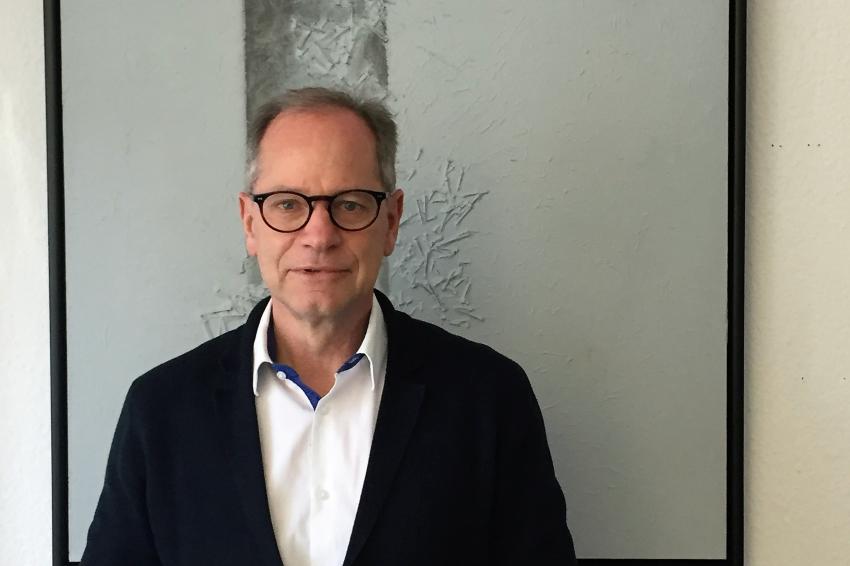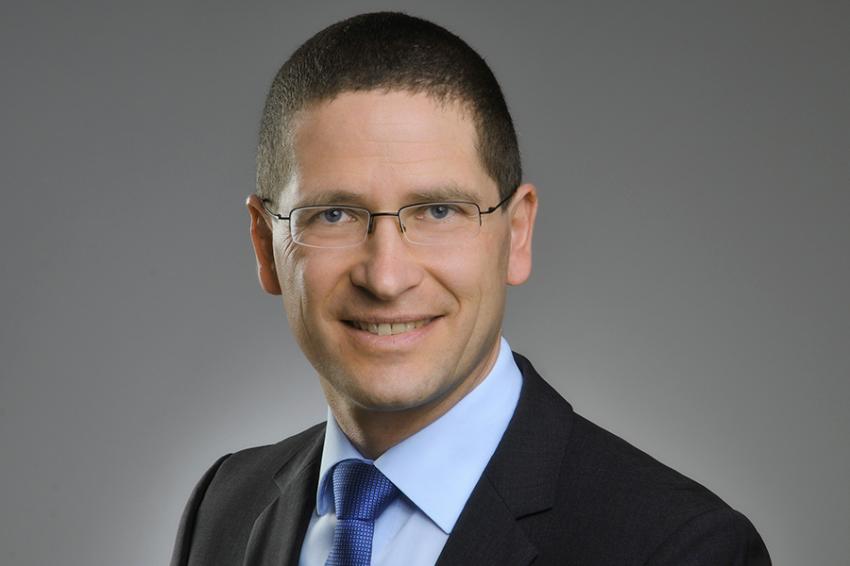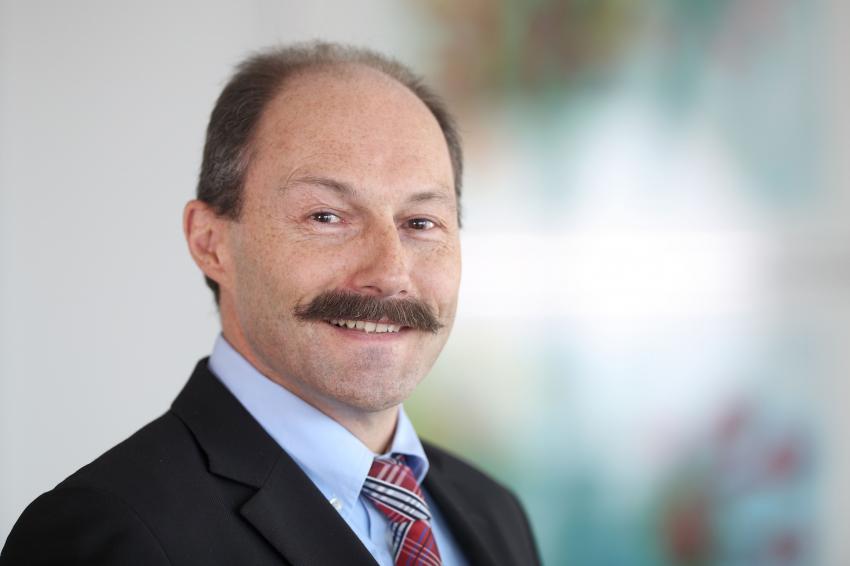Can Flow Chemistry Replace Batch Processes?
CHEManager roundtable discussion about Micro- and Milli-Reactors as a Technology Platform
The notion of transforming process engineering production from the batch principle to continuous flow processes based on micro- and milli-reactors may not always be so easy for production staff to accept – even though in many cases it would offer great advantages. Adopted by the pharmaceutical industry in recent years, the technology platform offers potential in many respects, but although the technology as such is not at issue it experiences acceptance problems. A CHEManager round table on micro- and milli-reactors as a technology platform attended by industry experts discussed chances and obstacles of microsystem technology.
You can call it flow chemistry or micro-reaction technology (MRT) – both terms describe a technology with enormous advantages for many process engineering applications. MRT replaces discontinuous batch processes with a continuous method in which reactions take place in extremely miniaturized structures. The main components are the mixer, with extremely good mixing efficiency, and a heat exchanger with a very high transfer of heat. These are supplemented with an infrastructure, e.g. filters, sensors, valves, pumps, and analysis devices.
Transfer from a laboratory scale – i.e. from micrometer to millimeter scale – can be carried out more simply than with established technologies. The characteristic performance features of micrometer-scale laboratory apparatus must correspond to those of millimeter-scale equipment.
The advantages of continuous operation in micro- and milli-reactors include:
- Ultra-fast mixing
- Highly efficient heat transfer
- Short defined dwell times
- Simple process control due to low system inertia
- High operational reliability due to minimum hold-up
- Short development times
Especially with respect to rapid, explosive, toxic or highly exothermic reactions, whose safety risks make batch reactor use very difficult or even impossible, the characteristics of continuous flow reactors offer clear benefits. Nevertheless, MRT has yet to gain popularity; the CHEManager roundtable was convened to examine the background and reasons.
Technology Has Arrived in Practice
Dr. Andreas Brodhagen, senior manager of Process Development at BASF in Ludwigshafen, emphasized that micro- and milli-reactors offer potential if they are integrated into a suitable production concept and the right production strategy. Positive experience of the technology has been countered by a lack of acceptance, and in some cases, individual companies have not been aware of its advantages. “The technology as such is not at issue here; we can handle MRT, but we have acceptance problems. We have built two pilot systems and have experience from the laboratory scale up to production scale.”
A similar statement was made by Dr. Stefan Brand, head of Process Innovation at Clariant in Frankfurt, who praised the specific improvements in MRT over the past 15 years. In specialist chemistry, the transition from batch to continuous is of interest, e.g. to exploit new production processes which are not possible with normal batch methods. “We are working with external partners for the development of MRT processes to speed up production rates, but we also have our own product which is based on MRT. Flow chemistry, batch-to-conti and MRT – where the “M” stands for micro and milli – are important topics in the field of special chemistry,” noted Brand, who also pointed out the necessity of presenting the unique features of MRT in the fields of research and production.
Dr. Bernhard Hettich, managing director and COO at Tübingen’s CHT – a global group of companies for specialty chemicals – was even more optimistic. Hettich calls himself a fan and promoter of MRT, which CHT uses in both in the laboratory and production. His experience of the technology is mostly positive, especially regarding cost: “Throughput, quality, less waste, higher yield, shorter reaction times – ultimately, these are all production costs which can be positively influenced by MRT. We now know that costs are lower – especially if you compare costs on the basis of planning on a green-meadow site. This also includes the fact that the plant has to be put into a building – for which MRT also has advantages in terms of facility size.” Hettich conceded, “Batch and conti are equivalent processes with clear advantages and disadvantages, but the decision for one or the other is still often made according to traditional ways of thinking.”
Different Dynamics in China and Europe
Even though the flow-reactor and MRT manufacturers represented at the round table could point to many successes and individual applications of the conti technology platform, they complained almost unanimously about the clear regional differences currently seen in the dynamics of its implementation. “The technology platform is clearly taking off in China. Will the European chemical and pharmaceutical industry be able to jump on this bandwagon, or will China gain technological leadership?“ asked Dr. Joachim Heck, Managing Director of Ehrfeld Mikrotechnik BTS in Wendelsheim. Last year the company supplied a Miprowa production reactor for the Chinese medical ingredient manufacturer Shaoxing Eastlake Biochemical for a production capacity of up to 10,000 t/y; the system was successfully commissioned in September 2016. The continuous operation milli-reactor is used for a strongly exothermic alkoxylation reaction and replaces more than 20 batch reactors. In the decision for MRT, achievable product qualities, significantly improved yields, safety aspects and rapid return on investment played a significant role.
Roland Guidat, chief reactor engineer at Corning Advanced-Flow Reactors in Avon, not far from Paris, put it in a nutshell: “Europe is deliberating, China is creating the new industry.” Nevertheless, Guidat referred to new installations, especially in European pharmaceutical production, in which MRT has generated enormous advantages in comparison with conventional batch methods. In the production of a medicinal substance (API, Active Pharmaceutical Ingredient) the yield could be doubled, purity increased from 95% to 99%, and operating temperature increased from –70°C to –35°C. Ten kilograms of API were produced in seven weeks in a cGMP installation which was audited by the FDA. With this example, Guidat demonstrated the general advantages of MRT: rapid, thorough mixing results with less by-products, higher selectivity and therefore increased yield and higher product quality. In addition, the excellent heat exchange makes reactions more controllable.
Dr. Roland Richter, head of Sales and Marketing for 3M Technical Ceramics in Kempten, also considered the different implementation dynamics in China and Europe. “The technology is there and Asia is taking off, but Europe is still waiting.” 3M uses silicon carbide as the material for MRT. For a long time now, silicon carbide has been used in the pump industry for bearings and seals, and this substance has proved effective. It is also FDA approved. Richter is convinced: “I do not see any problems from the point of view of risks – the material is widely used in pumps in the pharmaceutical and food industry.”
Batch to Conti – Disruptive Solutions
The moving of product portfolios from mass production to customer-oriented specialties presents a challenge for the specialist chemicals and the pharmaceutical industry. Dr. Stéphane Varray, associate director of Pharma & Biotech at Lonza in Visp, Switzerland, made a provocative statement about special requirements – especially in the pharmaceutical industry: “The pharmaceutical industry needs disruptive solutions for producing new API.” The established production of API is under considerable pressure due to regulations, costs, quality, safety and time-to-market. On the road to a new generation of chemical production, process intensification is of great importance for Lonza. Here, MRT offers new opportunities which need to be utilized more intensively.
This was confirmed by Christoph Höver, managing director of BAM Apparatebau in Kürten: “MRT has great potential, but this potential cannot be exploited without the courage to take a decision.” Höver asserted that MRT is a niche and specialty product, but one which has great advantages, including low energy consumption and rapid implementation from laboratory to production scale. As potential users often lack empirical values for MRT – such values are common in conventional companies – the risks are often overestimated. Höver sees the implementation and public documentation of a demonstration project as one way to overcome these reservations.
To speed the change from batch to conti in appropriate processes, Brand called for the suppliers of flow technology to make the technical advantages such as yield and purity more apparent, and provide assistance for the evaluation of CAPEX and OPEX. Both sides know that this is not a simple matter: “Presenting proof of financial gains from the technology means that you have to lay your cards on the table, and often this is not possible due to confidentiality obligations”, said Richter. Brand confirmed that this remains a challenge, most notably for special processes, and proposed that the initial focus should be on published manufacturing costs for standard processes. In addition, new and innovative products could be interesting, but these also increase the importance of confidentiality agreements.
Success Factor is Basic Knowledge
Marc Winter, senior application engineer at Corning Advanced-Flow Reactors in Avon, pointed out that many chemists and process technologists lack knowledge about MRT and flow chemistry. A basic reason can be found in education, as the typical production tool of a trainee chemist is a batch reactor in the form of a test tube. In general, the participants in the discussion agreed that the field production engineering must be strengthened, in the training of engineers and the introduction of MRT and flow chemistry in university courses. Alternative mindsets should also be more strongly promoted through in-house continuing education programs.
With Acceptance into the Future
The participants unanimously agreed that MRT enables rapid development of selected chemical processes, and as Brodhagen said: “The technology as such is not at issue here; we can handle MRT, but we have acceptance problems.” The technology platform offers potential in many respects:
- It is used as a laboratory tool, for both efficient development of new molecules and associated synthesis methods
- It offers production facilities new methods for optimization, which all significantly reduce costs – from energy savings and higher yields to more attractive product quality
- It is an excellent basis for molecularization and an enabling factor for the Internet of Things (IoT) or Industry 4.0.
In recent years, the micro- and milli-reactor technology platform has been intensively adopted by the pharmaceutical industry – and perhaps this indicates the start of a great future for MRT and flow chemistry in Europe.












